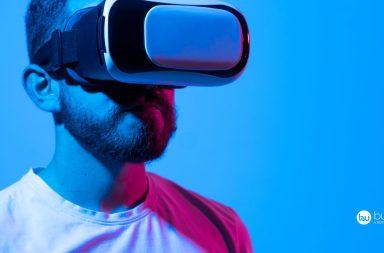In a significant development in the field of cytopathology, researchers have developed an artificial intelligence (AI) system that can accurately distinguish between malignant and benign thyroid nodules.
The study, published in The Lancet, details a retrospective and prospective multicenter study in China. Researchers trained and tested the AI system on a large dataset of whole-slide images (WSIs) from patients with thyroid nodules.
The challenge in cytopathology
Accurate diagnosis of thyroid nodules through fine-needle aspiration cytopathology is crucial for appropriate therapeutic intervention. However, the process is time-consuming and often hindered by the shortage of experienced cytopathologists. The development of reliable assistive tools could significantly improve the efficiency and accuracy of cytopathologic diagnosis.
The AI solution: ThyroPower
The researchers developed an AI-assisted model named the Thyroid Patch-Oriented WSI Ensemble Recognition (ThyroPower) system. The system was trained on 11,254 WSIs from 4,037 patients. The WSIs were manually annotated by cytopathologists according to the Bethesda System for Reporting Thyroid Cytopathology (TBSRTC) guidelines.
Researchers estimated the AI models’ performance using various metrics, including the area under the receiver operating characteristic (AUROC), sensitivity, specificity, accuracy, positive predictive value, and negative predictive value.
Results
The AUROC of TBSRTC III+ (which distinguishes benign from TBSRTC classes III, IV, V, and VI) was impressive across multiple medical centers. Similarly, the AUROC of TBSRTC V+ (which distinguishes benign from TBSRTC classes V and VI) was also high.
In a prospective study at Sun Yat-sen Memorial Hospital of Sun Yat-sen University (SYSMH), the AUROC of TBSRTC III+ and TBSRTC V+ was 0.977 and 0.981, respectively. With the assistance of AI, the specificity of junior cytopathologists was significantly boosted, and accuracy was improved.
Future implications
The ThyroPower system facilitates rapid and robust cytodiagnosis of thyroid nodules, potentially enhancing the diagnostic capabilities of cytopathologists. This development represents a significant step forward in the field of cytopathology and opens up new possibilities for AI-assisted diagnostics in other areas of medicine as well.



